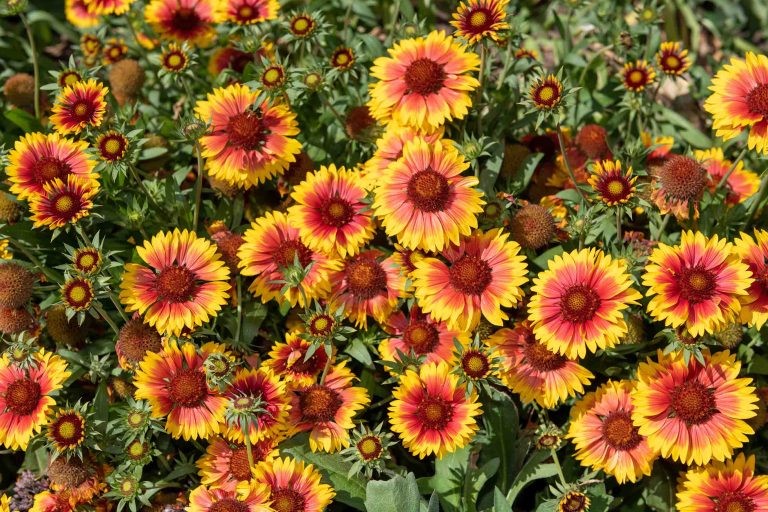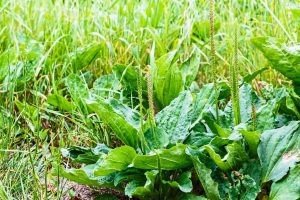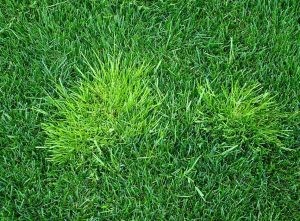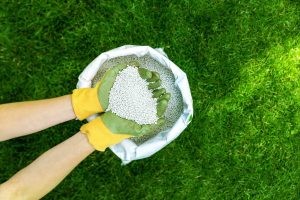Understanding Blanket Flowers For Your Garden
Blanket flowers (Gaillardia) bring a cheerful addition of color to landscapes, blooming in bright reds, oranges, and yellows that can remind homeowners and neighbors of a Southwestern sunset. Originally native to North and South America, blanket flowers are named for their resemblance to the brightly colored patterns found in Native American blankets. If you have been considering planting these warm and inviting , this post will have all the information you need!
What Do Blanket Flowers Look Like?

Blanket flowers are eye-catching with their daisy-like shape, though they stand out thanks to their unique color palette. The flowers typically have bright, warm tones of red, orange, and yellow, often featuring a bi-colored pattern with a distinct central disk that adds depth to their appearance. The petals are usually a vibrant red or orange near the center, gradually fading to yellow or even pinkish hues at the tips. This gradient effect gives the flower an almost flame-like quality, creating a striking visual in garden beds. The leaves are gray-green and hairy, providing an interesting contrast to the vibrant flowers.
The plants themselves are generally compact and bushy, reaching about 1 to 3 feet in height and spread, making them ideal for small garden beds, borders, or containers. With their bright colors and striking patterns, blanket flowers easily become focal points in any garden arrangement and are also known to attract bees and butterflies, adding life to the garden for those who don’t mind the presence of these pollinators.
Key Identifiers:
- Daisy-like blooms, typically in red, orange, and yellow shades
- Colors often fading from deep red or orange to yellow at the tips
- Central disk that adds depth to the flower
- Gray-green, hairy foliage that contrasts with bright blooms
- Compact size, usually between 1 to 3 feet tall
- Strong attraction of bees and butterflies
Types Of Blanket Flowers

There are several popular types of blanket flowers, each with unique characteristics. Gaillardia pulchella, also known as Indian blanket or firewheel, is one of the most common species and is typically an annual. It produces brightly colored, bi-colored blooms in red and yellow, often self-seeding to return each year. Another notable species is Gaillardia aristata, which is a perennial blanket flower that is more tolerant of colder climates than its annual relatives. This species has a similar warm-toned color palette but often produces slightly larger blooms.
Many hybrid varieties are widely available and are cultivated to provide even more color options, longer bloom periods, and compact growth. Hybrids often combine the resilience and color variety of both G. pulchella and G. aristata, making them a popular choice for gardeners seeking hardy, showy plants.
Most Common Types:
- Gaillardia pulchella: Annual variety, often self-seeds, classic red and yellow blooms
- Gaillardia aristata: Perennial variety, hardy in colder climates, larger flowers
- Hybrids (Goblin, Arizona Sun, Mesa Yellow, etc.): Combine traits from both annual and perennial species, offer diverse colors and bloom times
When & Where Do Blanket Flowers Grow?

Blanket flowers thrive in sunny locations and well-drained soil, making them particularly suitable for regions with hot, dry summers. They’re naturally drought-tolerant and can handle poor soil conditions, though they prefer sandy or loamy soils with good drainage. While they can adapt to various climates, they perform best in USDA Hardiness Zones 3 through 10, with annual varieties like G. pulchella generally tolerating warmer climates better and perennials like G. aristata doing well in slightly cooler regions.
Blanket flowers require full sun to thrive, needing at least six to eight hours of direct sunlight per day. They do not fare well in shaded areas, where they may become leggy and produce fewer blooms. The flowering period for blanket flowers is typically from early summer until the first frost, with some hybrids blooming continuously during this time. Because of their resilience to heat and drought, blanket flowers are ideal for xeriscaping or rock gardens and can often be seen growing wild along roadsides in their native habitats.
Life Cycle Of Blanket Flowers
Spring: Emergence & Growth
In spring, blanket flowers begin their life cycle with either seed germination (for annuals) or regrowth from the root system (for perennials). As temperatures rise and daylight hours increase, seeds or dormant roots awaken, leading to new growth. Seedlings appear if seeds were sown in the previous season, while established perennials start to produce fresh foliage.
- Spring Maintenance Tip: During this phase, blanket flowers focus on developing strong roots and leafy growth, preparing for the upcoming bloom period. Gardeners may choose to start seeds indoors in early spring to get a head start, transplanting them once the danger of frost has passed.
Summer: Blooming & Pollination
Summer is the peak bloom season for blanket flowers. The plants produce vibrant, daisy-like flowers in shades of red, yellow, and orange, attracting pollinators like bees and butterflies. Blooms generally begin in early summer and can last through to early fall, providing continuous color for months.
- Summer Maintenance Tip: During this time, the plant’s energy is directed toward flower production, so deadheading (removing spent flowers) encourages additional blooms. By late summer, the flowers may start to fade, signaling the beginning of seed production.
Fall: Seed Production & Reseeding
As summer transitions into fall, blanket flowers focus on seed production. The vibrant blooms fade, replaced by small seed heads, which dry and scatter seeds naturally in the wind. Annual blanket flowers, such as Gaillardia pulchella, rely on self-seeding to produce new plants the following spring.
- Fall Maintenance Tip: If gardeners wish to encourage self-seeding, leaving some seed heads intact can help ensure a new crop of seedlings the next year. Perennial varieties may also reseed, although they tend to return from their root system each spring.
Winter: Dormancy & Rest
In winter, perennial blanket flowers enter a dormant phase, while annual varieties typically complete their life cycle and die back. For perennials, the plant’s foliage withers as it prepares to conserve energy through the cold months.
- Winter Maintenance Tip: Gardeners can cut back dead foliage in late fall to clean up the plant area, but it’s wise to leave a small amount of mulch around the base for root protection during extreme cold. By going dormant, perennial blanket flowers store the energy they’ll need for vigorous growth in the spring.
How To Plant & Care For Blanket Flowers
Planting and caring for blanket flowers is relatively straightforward, making them an excellent choice for beginner gardeners or those looking for low-maintenance plants. Once established, blanket flowers are highly drought-tolerant and require minimal watering. Regular monitoring and occasional spraying with insecticidal soap should be enough to keep pests in check and keep these beautiful flowers healthy in your garden. Keep the following tips in mind, and be sure to contact a landscaping professional like us for more tips and tricks in the garden!
- Choose the Location: Select a sunny spot with well-drained soil; blanket flowers need at least 6–8 hours of sunlight daily.
- Prepare the Soil: Amend clay-heavy soil with sand or organic matter to improve drainage; blanket flowers prefer sandy or loamy soil.
- Planting: Sow seeds directly in the garden after the last frost, about ¼ inch deep. Space plants 12–15 inches apart in spring.
- Watering: Water sparingly; blanket flowers are drought-tolerant and only need water when the soil is dry.
- Fertilizing: Fertilizer is generally unnecessary, but a light application of balanced fertilizer in early spring can promote blooms.
- Deadheading: Remove spent flowers to encourage more blooms, and cut back foliage after the first frost for perennial flowers for a healthy dormancy period that will lead to vibrant growth in spring!
Subscribe to Simple Lawns's Blog









Comments